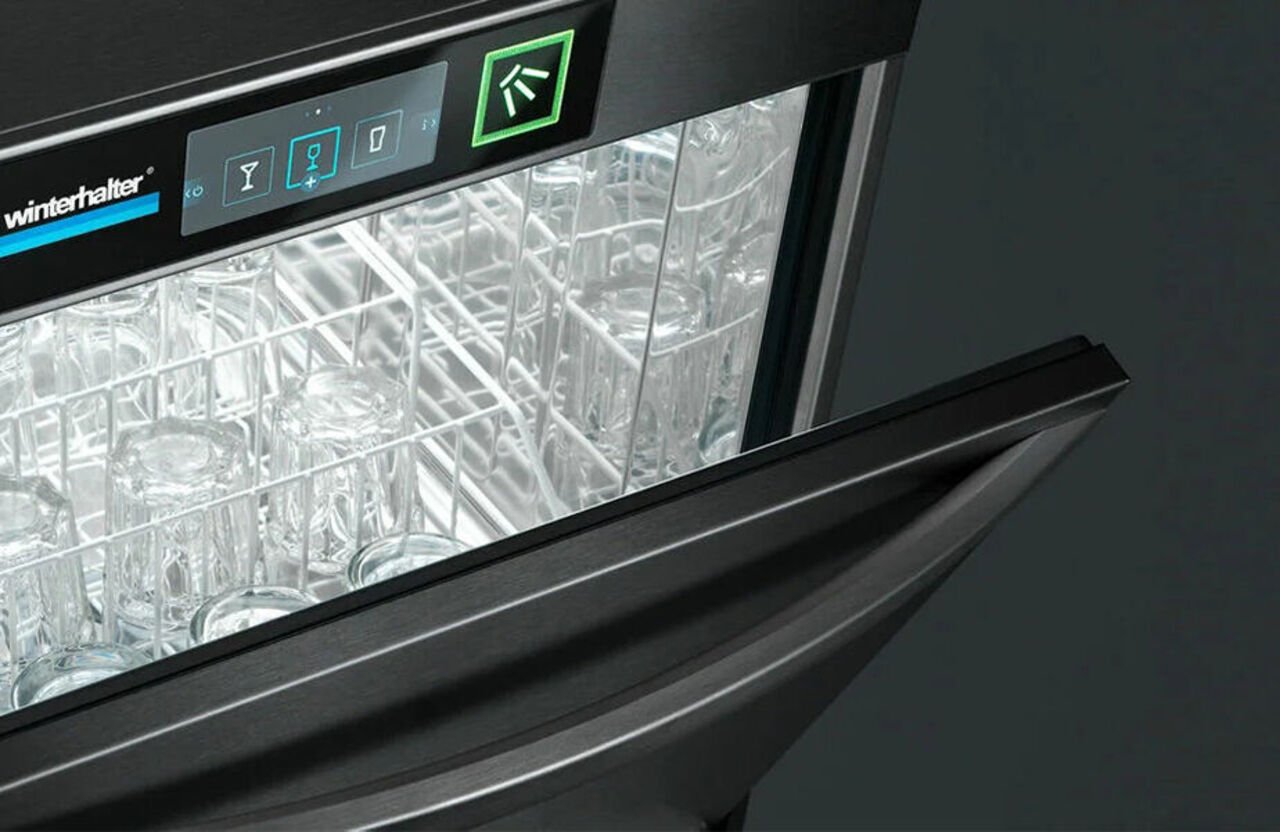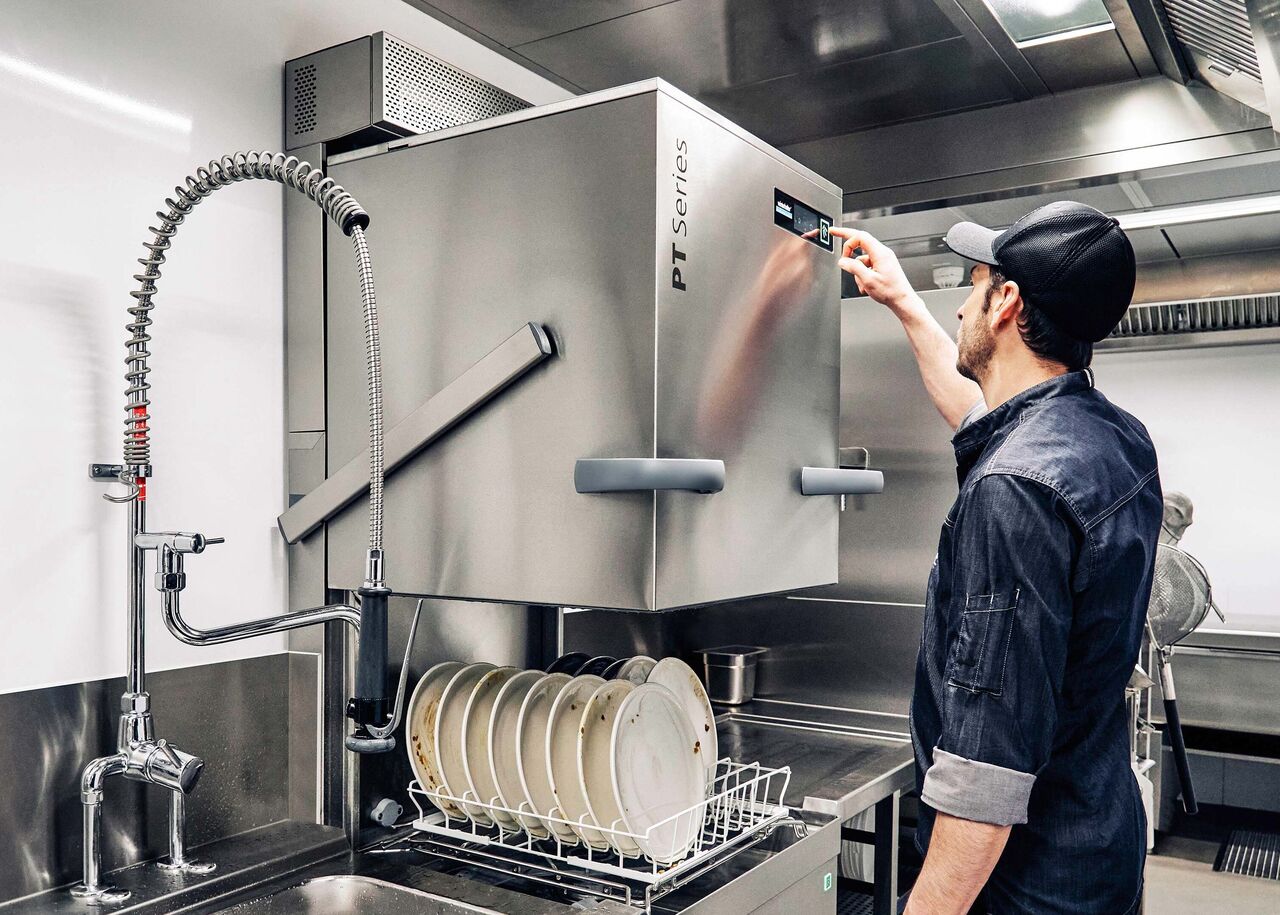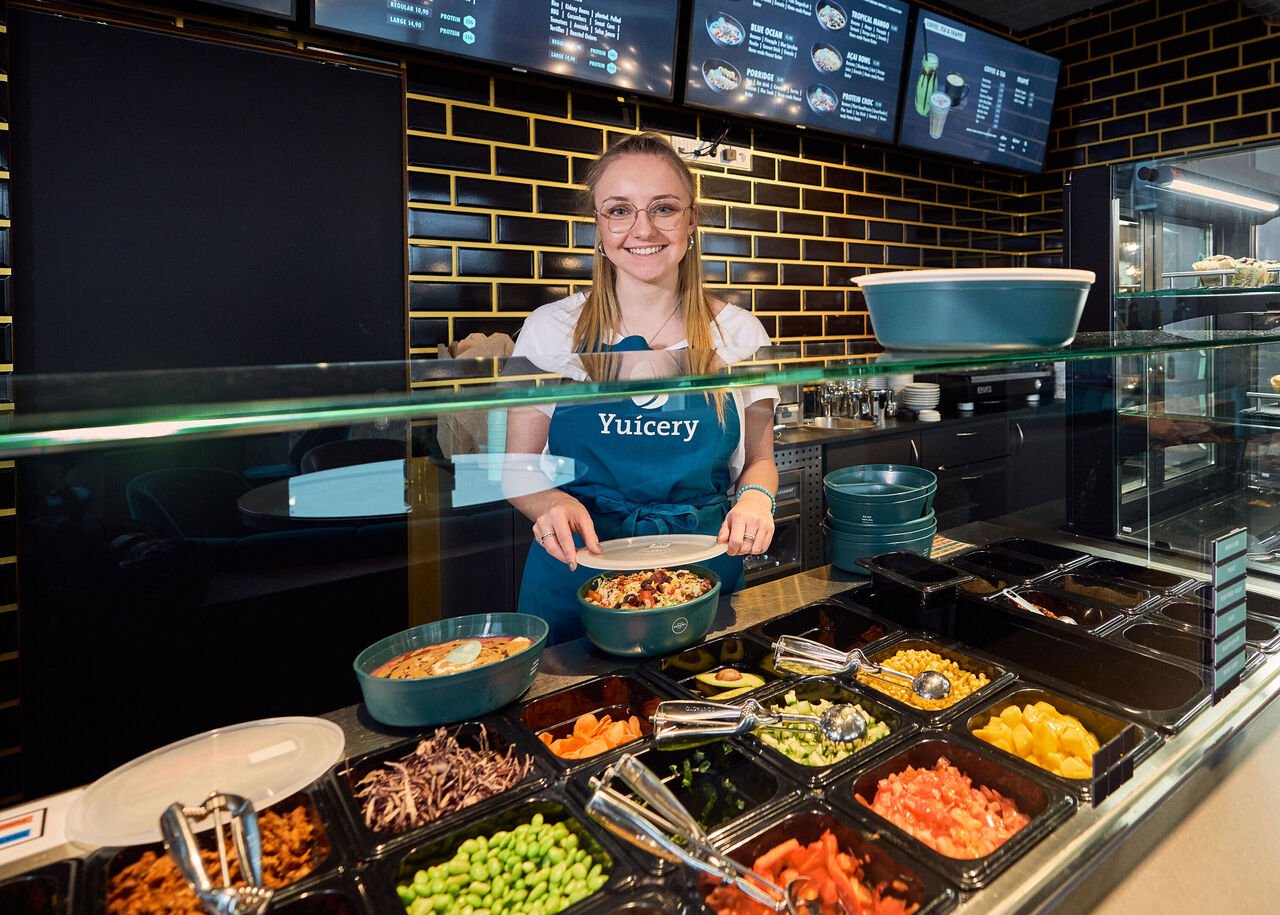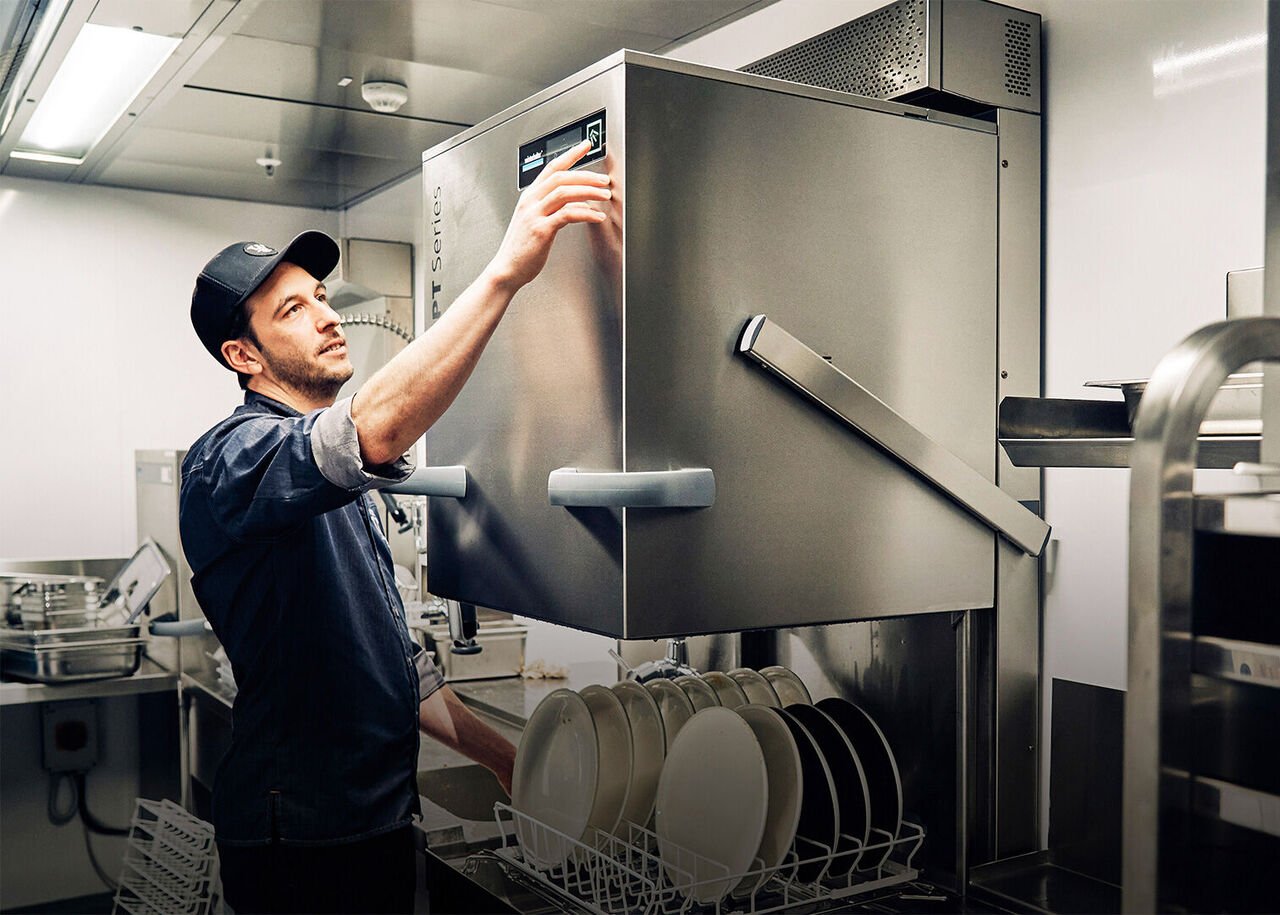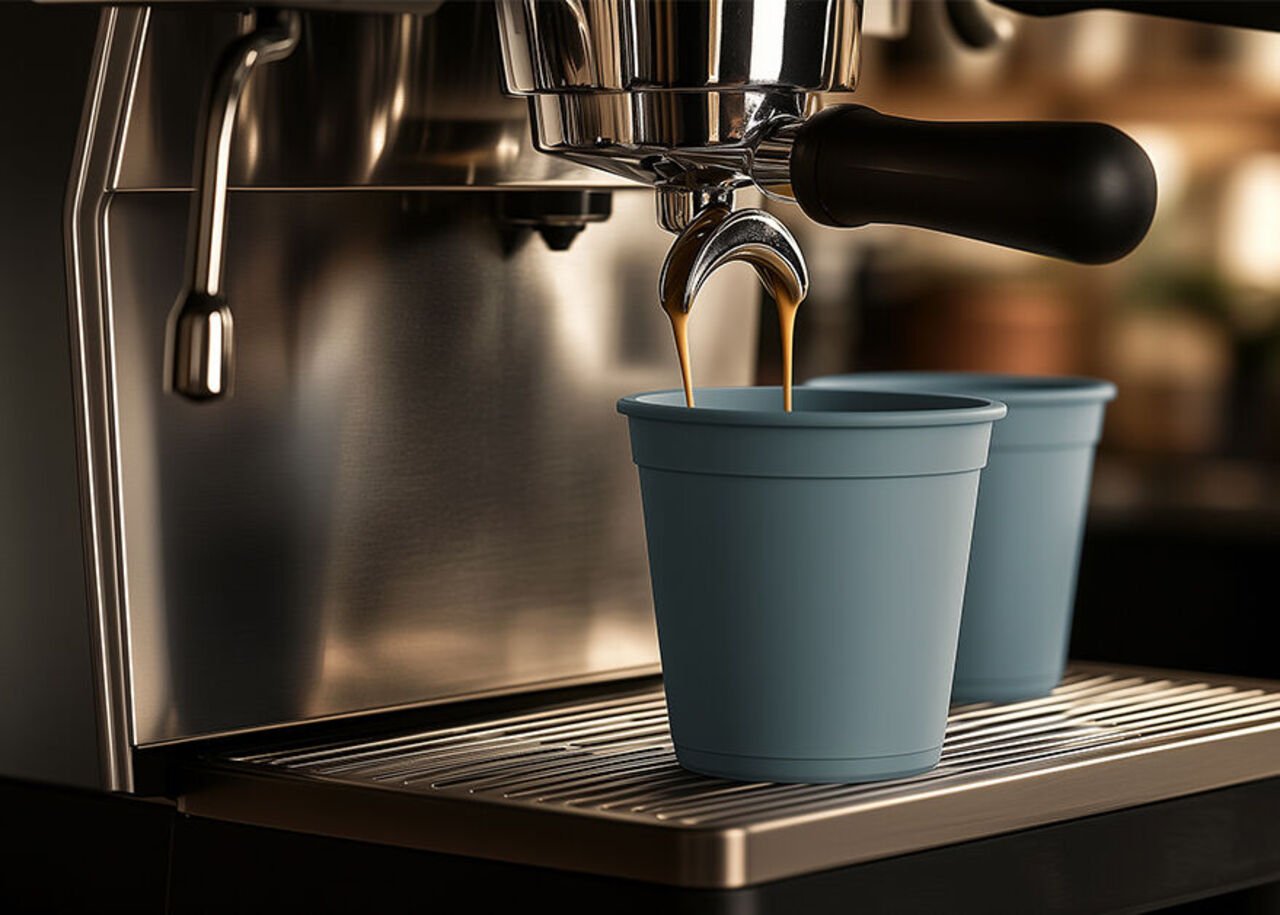
How to: HACCP and hygiene in the foodservice industry
HACCP stands for “Hazard Analysis and Critical Control Points”. It is a control system and is intended to help detect and prevent hazards to human health. An essential part of this is hygiene.<br/> <br/>As in every industry, the foodservice industry has its own hygiene requirements. There are sector-specific templates available for guidance, but no general model exists for the HACCP concept. Important: The HACCP concept has to be tailored to the requirements of each individual business to be legally compliant. However, the HACCP concept always has the same structure and follows the same guidelines. Our checklist guides you to a finished hygiene concept in 7 steps.
1 Identify hazards
The first step is to analyse possible hazards in the production and processing sequence, assess the resulting risks and define appropriate preventive measures. Pay particular attention to the following three risk areas: physical hazards (e.g. parts made of glass, metal and plastic), chemical hazards (e.g. residues from cleaning agents and disinfectants, chemicals from the repair or maintenance of equipment, pesticides, allergens) and biological hazards (e.g. moulds, viruses, bacteria, parasites).
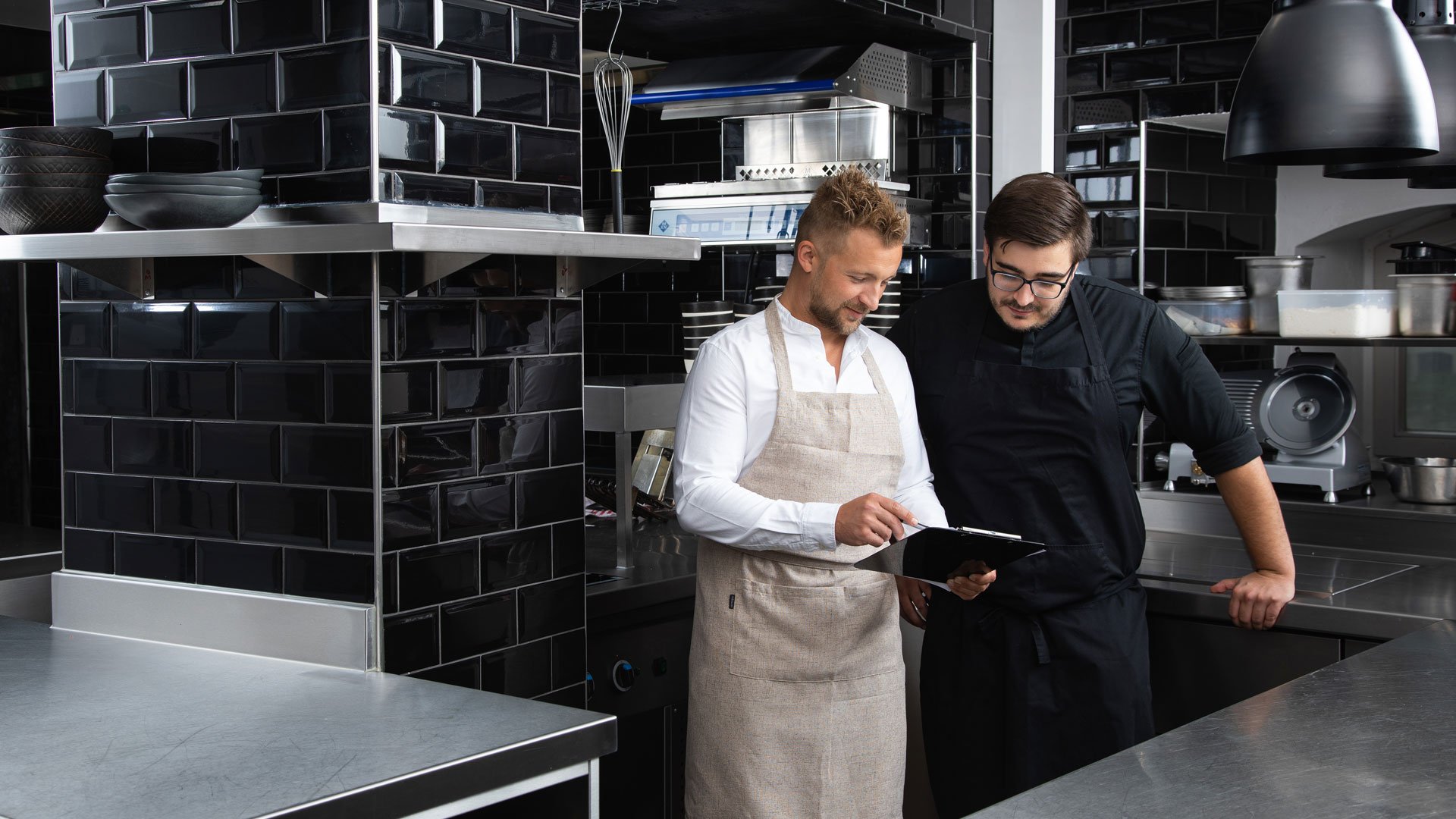
2 Determine critical check points
You will be aware of the hazards involved in your business from carrying out the first step. Now you need to find out where these hazards might occur. In other words, whether they are critical check points (CCP). As a foodservice business, you must check for compliance with the cold chain when storing food and for adequate heating when preparing food.
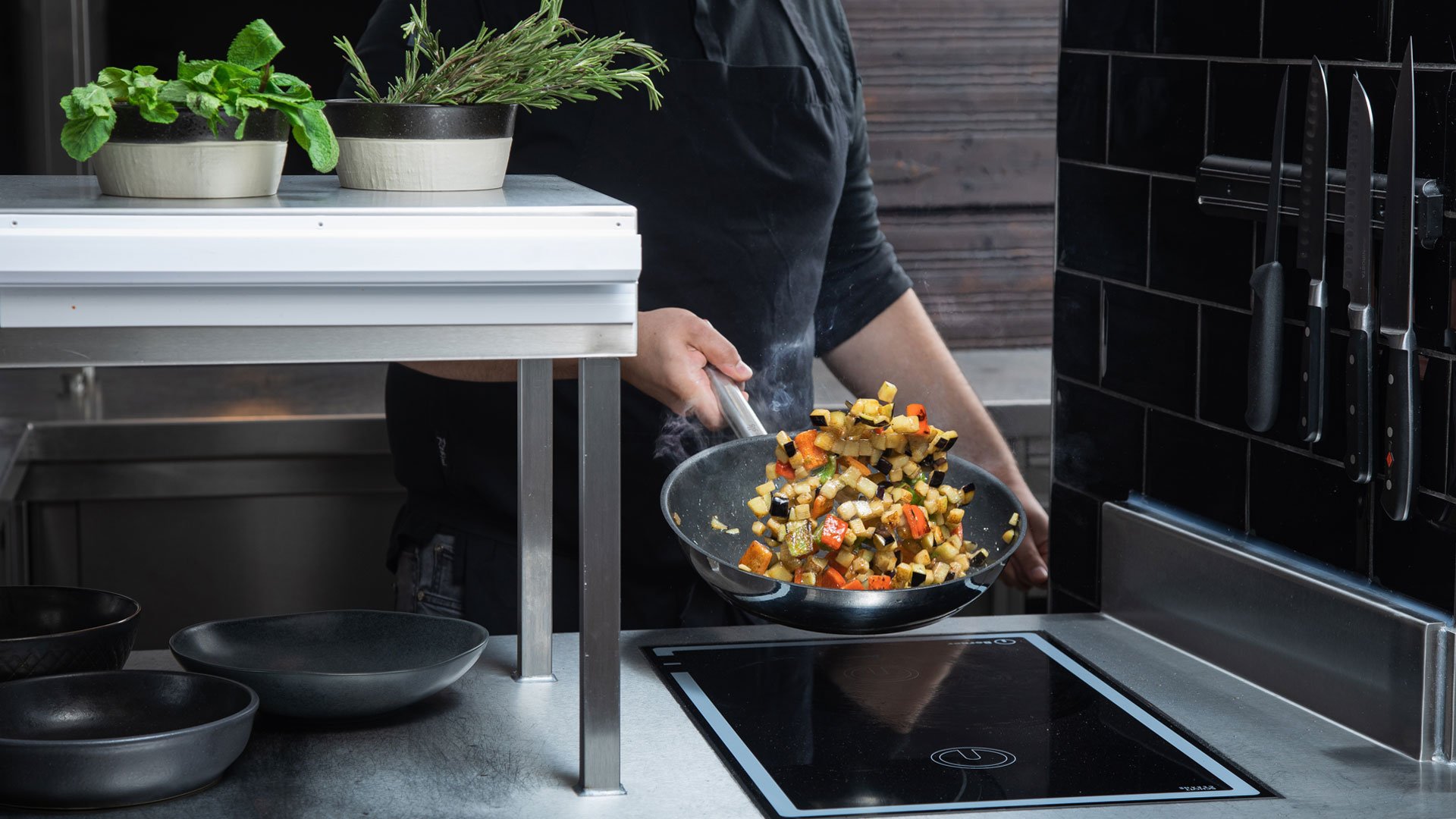
3 Set threshold values
Now determine a separate limit value for each critical check point. If this limit value is observed, there is no danger to health. Suitable parameters for this include cooling and heating temperatures, standing, storage and heating times, information on the concentration and reaction time of cleaning agents and disinfectants, etc.

4 Define control measures
Next, you need to define how the limit values are controlled and monitored – how often and by whom, with which test procedures and at what intervals. It is your responsibility to carry out your own checks.
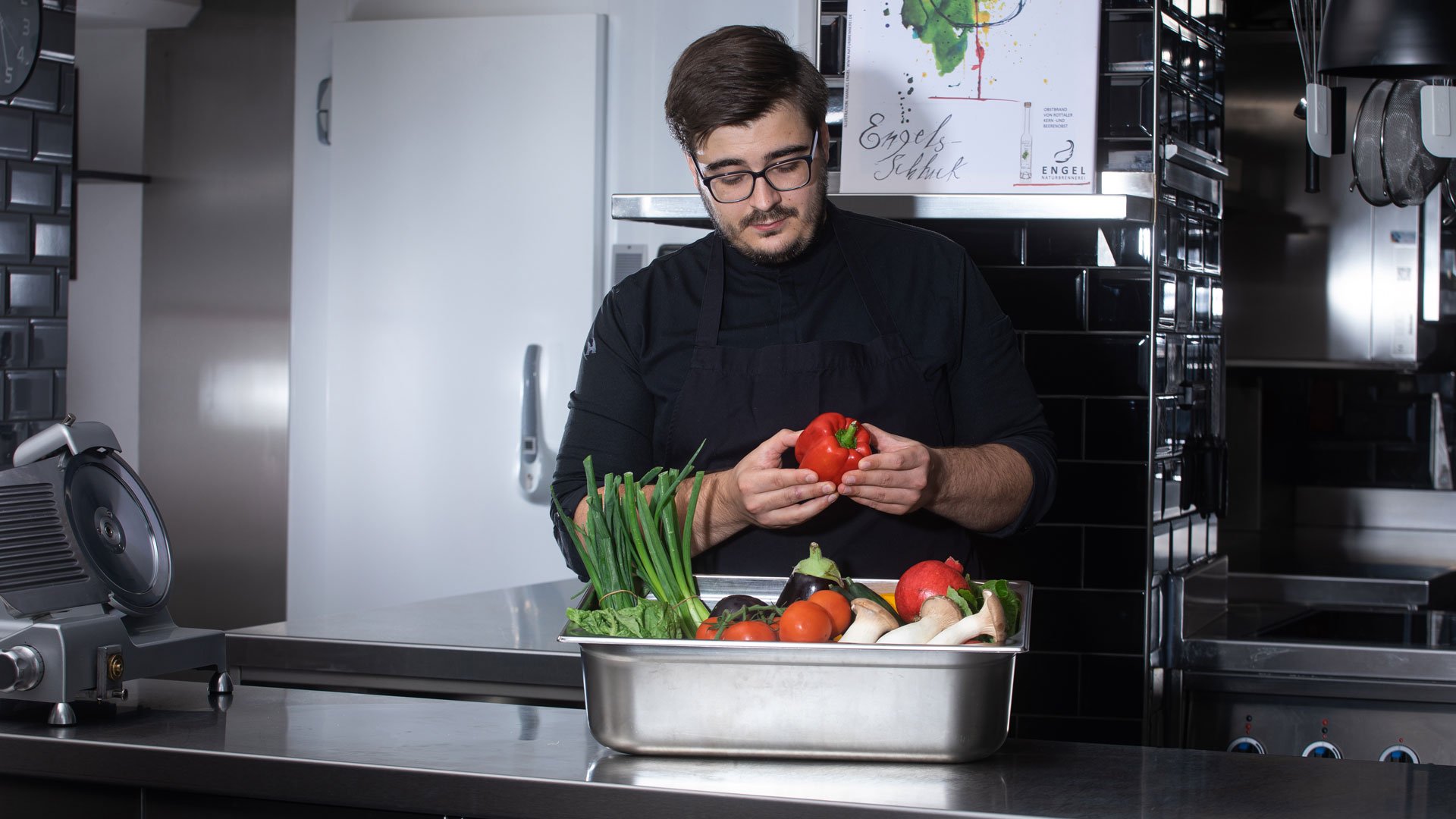
5 Specify corrective measures
What should be done if a limit value is no longer being checked. If the worst comes to the worst, appropriate measures must be defined in advance to exclude any health hazards. These must be described clearly as instructions – including clear responsibility and accountability. Firstly, this involves the product itself – for example, the disposal of out-of-date food from the refrigerator. And secondly, the restoration of safe conditions – in this case, the disinfection of the refrigerator.
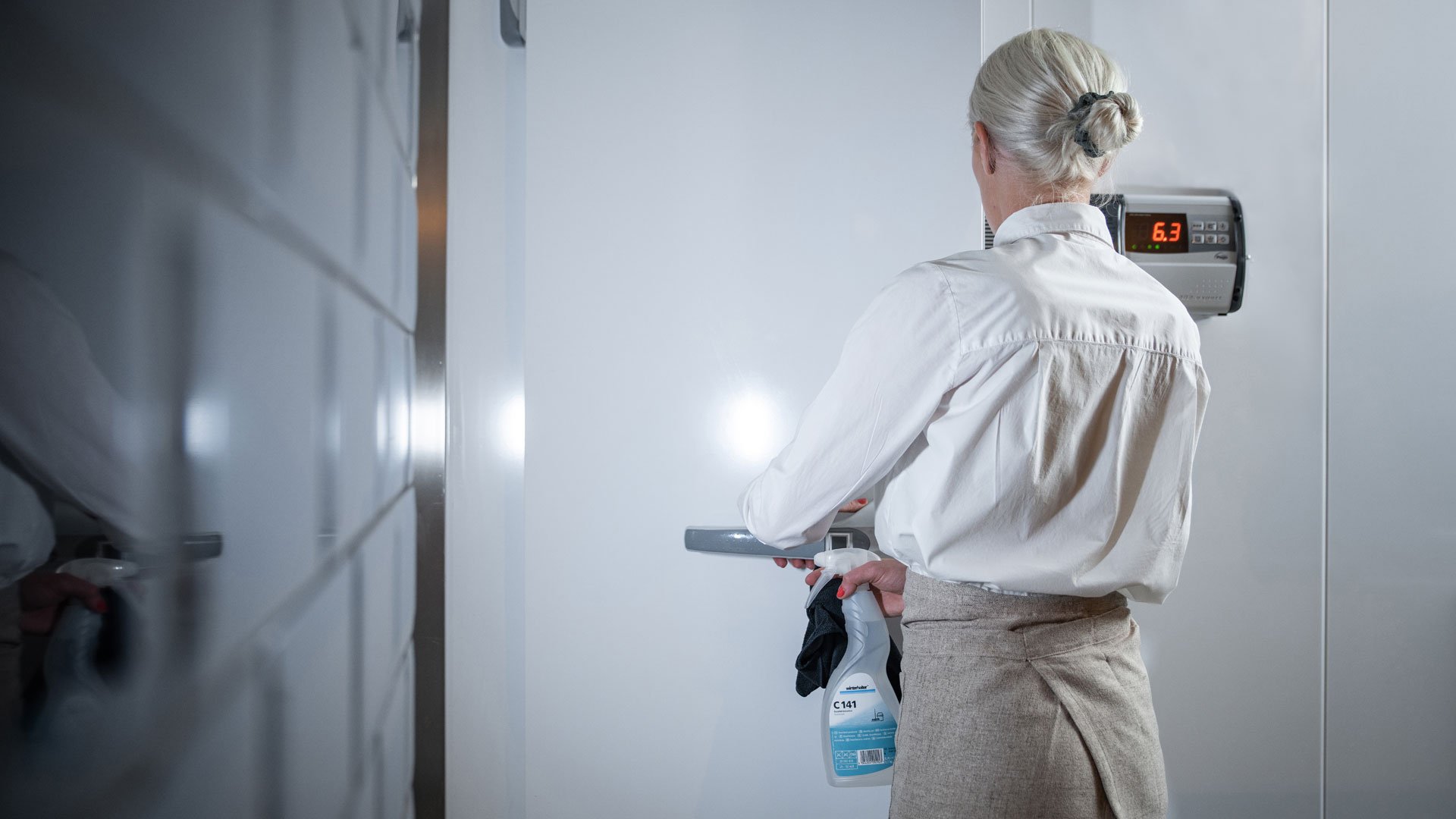
6 Check concept on a regular basis
Regular monitoring and, if necessary, adjustment of the HACCP concept (at least once a year) is critical. Is it working reliably? Are there any new legal requirements? Have any changes been made to the production process? Have new products, recipes or suppliers been added? Spot checks by an external laboratory or professional body can also confirm the effectiveness of the HACCP concept.

7 Create documentation
With food inspections, it is best to provide written documentation of your concept and implementation: i.e. the concept itself with the critical check points and limit values, the individual measures and instructions (e.g. cleaning regimes) and the recording of the work (e.g. checklists with completion notes). There are no specifications for the type and scope of the documentation. If the HACCP concept is not properly implemented and documented, this is considered a hygiene deficiency.


